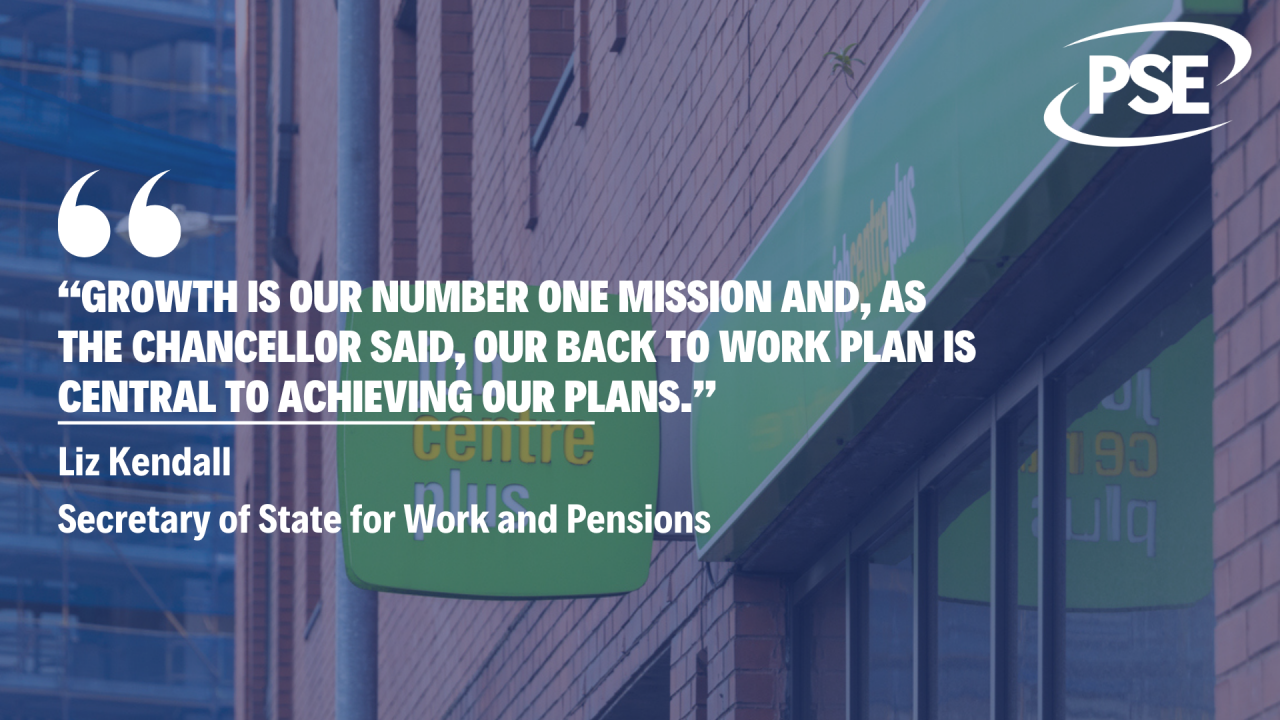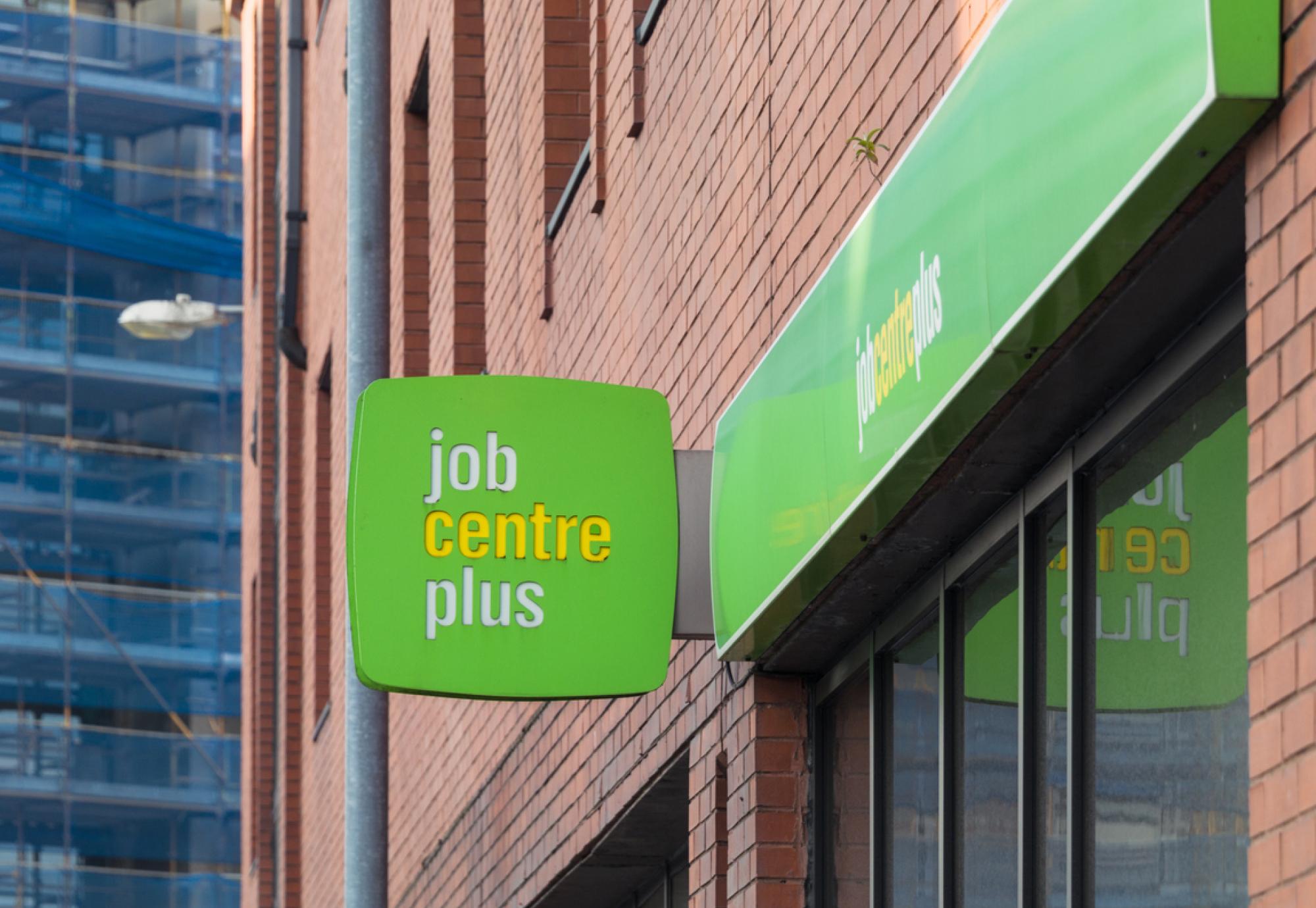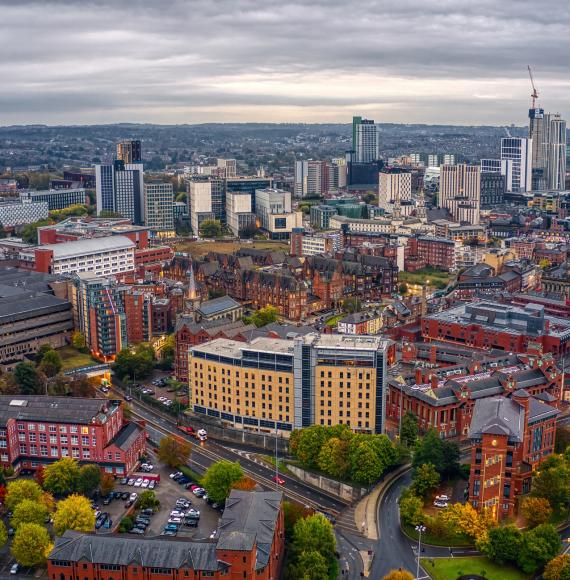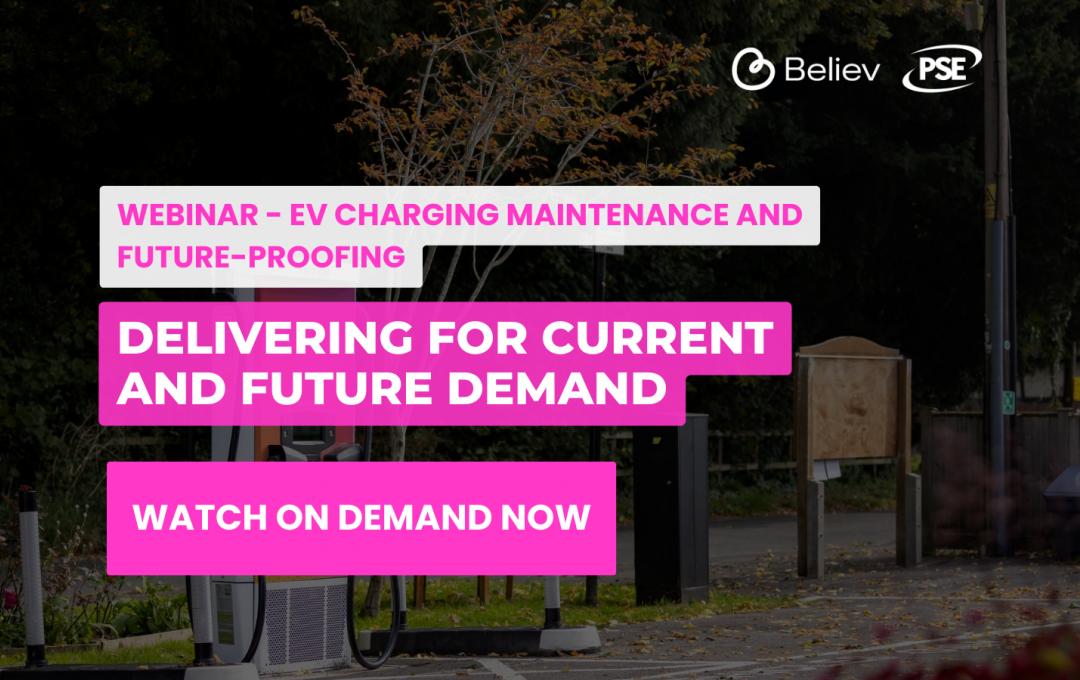The Department for Work and Pensions has outlined new plans to drive growth through its new Back to Work Plan.
This comes as the Secretary of State for Work and Pensions, Liz Kendall, visited Leeds to outline how immediate action needs to be taken to tackle rising levels of economic inactivity. With 9.4 million people now economically inactive, a record 2.8 million people out of work through long-term sickness, and 900,000 young people not in education, employment or training, the secretary has unveiled the three pillars that will form its Back to Work Plan.
These pillars are:
- A new national jobs and career service
- New work, health and skills plans for the economically active (which will be led by Mayors and local areas)
- A youth guarantee for all young people between 18 and 21
With the plan in place, the National Careers Service and Jobcentre Plus are to be merged to ensure that more people can get into work, whilst also providing support for those who are looking for better opportunities, whilst the Youth Guarantee will support the delivery of more training, apprenticeship or work opportunities for young people. This will ensure that those between 18 and 21 years of age aren’t excluded from the world of work before they have a chance to get into it.
People with disabilities will also be supported to enter and stay in work through further devolution powers for local authorities to form a joined-up work, skills and health offering that suits their communities.

The Work and Pensions Secretary said:
“Growth is our number one mission and, as the Chancellor said, our Back to Work Plan is central to achieving our plans.
“Economic inactivity is holding Britain back – it’s bad for people, it’s bad for businesses, and it’s bad for growth.
“It’s not good enough that the UK is the only G7 country with employment not back to pre-pandemic levels.
“It is time for change in every corner of the country.
“We’ll create more good jobs, make work pay, transform skills, and overhaul Jobcentres, alongside action to tackle the root causes of worklessness including poor physical and mental health.
“Change delivered by local areas for local people, driving growth and delivering opportunity and prosperity to everyone, wherever they live.”
Image credit: iStock



















